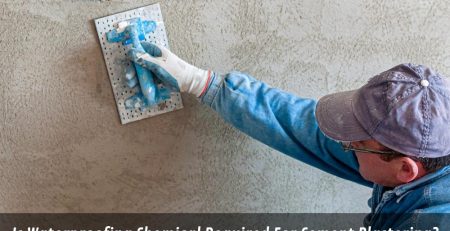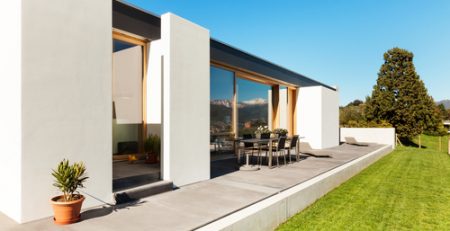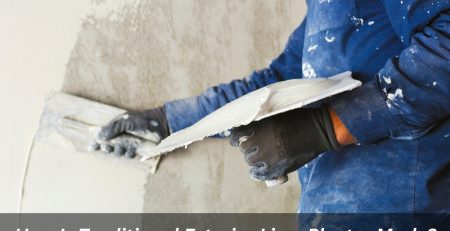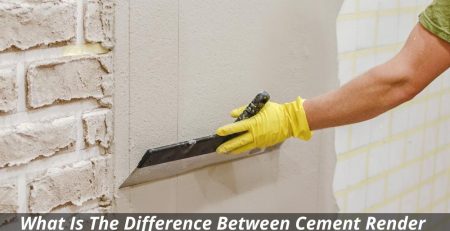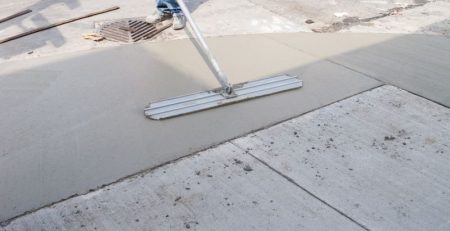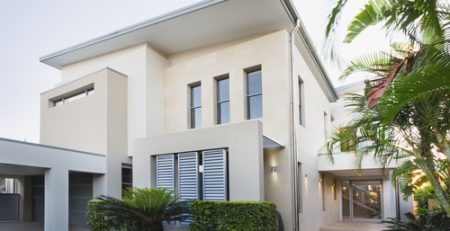Things To Know About Wall Rendering
Things To Know About Wall Rendering
Things To Know About Wall Rendering, one of Australia’s most popular forms of finishing external walls – and for a good reason. Here’s how to get it right.
There’s a lot to be said about cement rendering walls. It’s part of our building heritage, it creates a subtle, uniform finish; it doesn’t require an additional foundation for support; done well, it keeps the rain out; and, in most comparisons, it’s highly cost-effective compared to its competitors brick, stone and timber cladding. Add in the fact that it can be coloured in any way imaginable, and you’ve got a flexible, stylish wall finish.
Poorly done, or in the wrong place, however, and it can be a high-maintenance problem you can’t avoid. It can lose that fresh look within months with cracks, bubbles and mould all appearing and making that cost-saving look like a poor investment. So it’s essential to approach an acrylic rendering project with care and consideration of the issues.
One way to think of render is similar to internal plasterwork, where a mix of sand and cement (and occasionally lime) are mixed together, applied, and then dry off on the wall. It can be installed to provide a smooth finish, or mixed with aggregates to a rougher, (commonly known as roughcast or pebbledash) coat. It usually consists of two applied layers and then painted – although modern render solutions are single-coated, through-coloured and mixed with silicone.
Render is more common in some parts of Australia than others, but outside conservation areas and other specially-designated planning areas, it’s usually considered a good option for people building houses from scratch. Existing homeowners looking to replace the whole existing external finish (e.g. brick) with render will find they can carry out this project under their permitted development rights – meaning it does not require planning approval.
Rendering at least 50% of any wall, or over 25% of the walls of the whole house, will make your acrylic rendering project subject to building regulations – in particular, the need to improve the thermal efficiency of the wall itself, through additional insulation
Rendering doesn’t suit all houses, and it doesn’t suit all locations. Clearly, a home with a smooth render finish in a row of similar dwellings would look reasonably unusual – as would a house with a particular character such as a barn conversion.
One of the essential techniques to ensuring a good quality long lasting render is to ensure the render has the ability to dry out after getting wet – which means a combination of access to sunlight and movement of air. So rendering on part of an elevation that is north-facing, heavily shaded and very close to fencing or other buildings is going to struggle to survive many years without suffering from mould or algae. There are ways around this unhappy occurrence, but you need to pay particular attention to the application and maintenance.
Be careful, too, when you apply the cement render. Experienced renderers will not apply to render in the colder months for fear of the water in the mix freezing and effectively blowing the whole coat off as the ice expands and contracts. Equally, rain is best avoided as it can literally wash newly applied to render off walls and certainly affect your mix. Most renderers can handle hot weather, but warm sunny weather can make a poorly mixed render dry out too quickly before it has had a chance to take to the wall.


